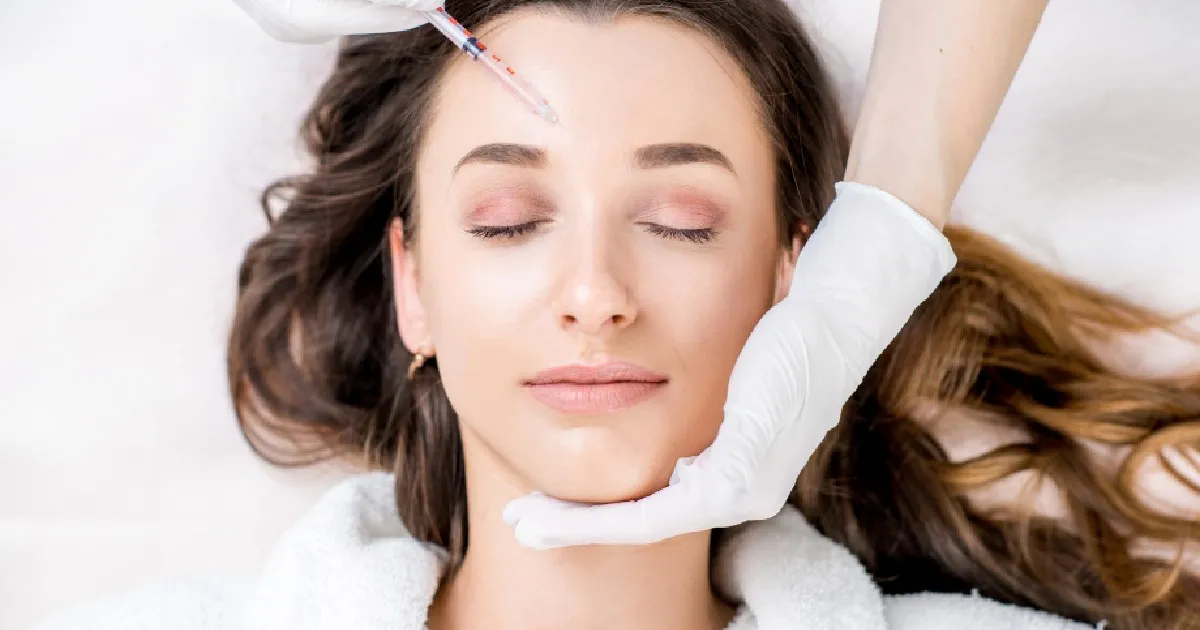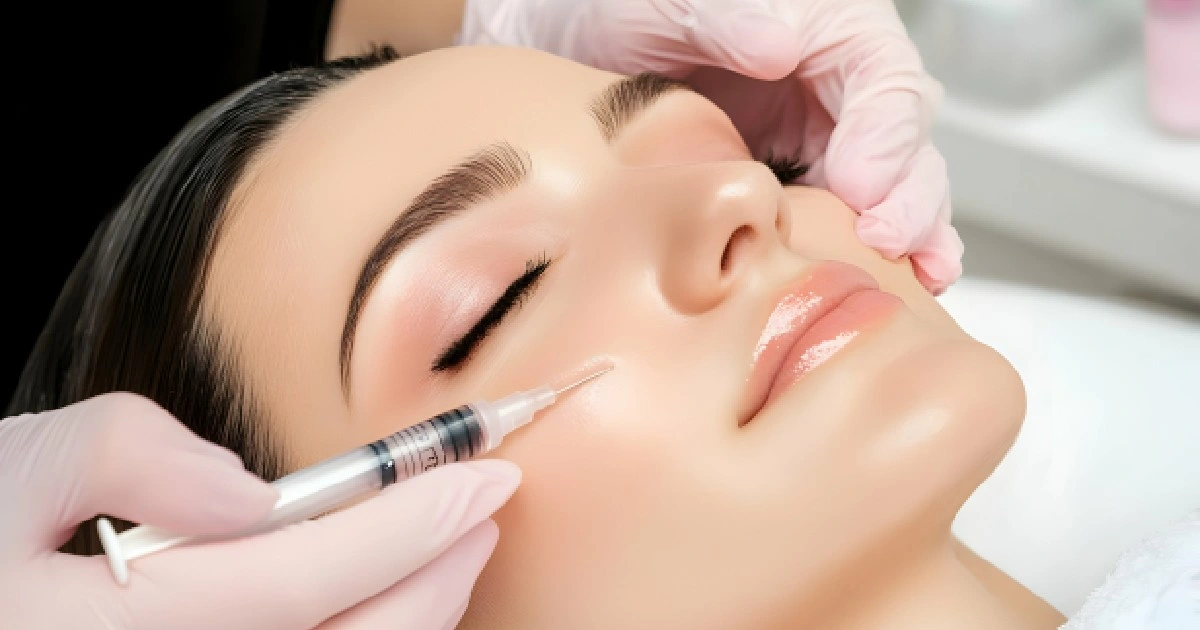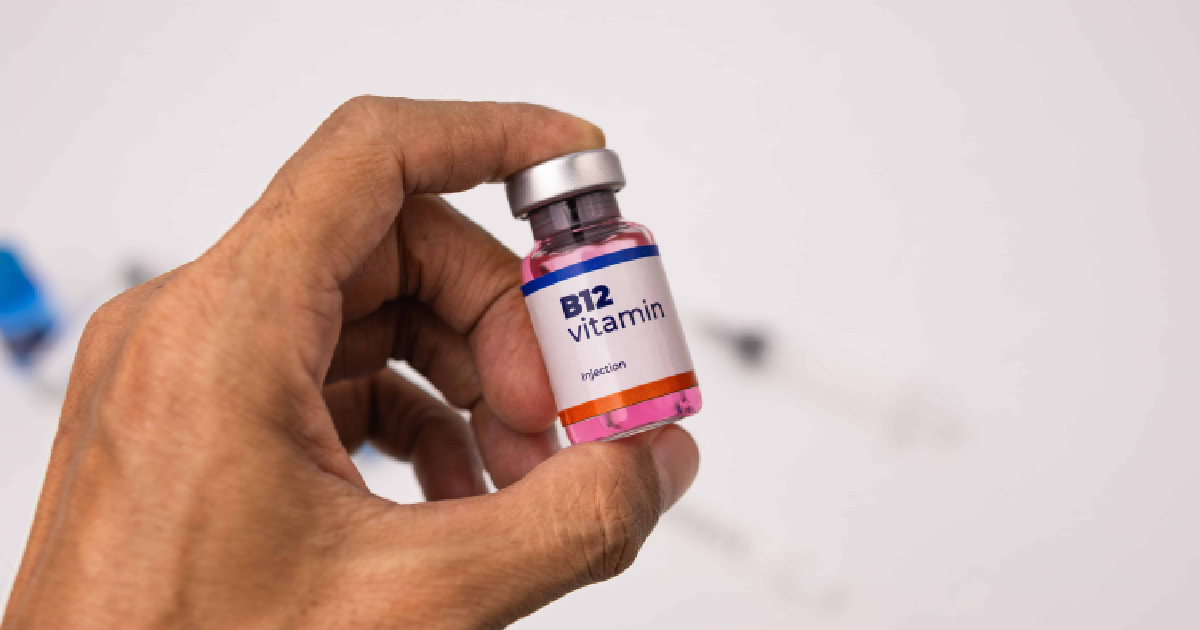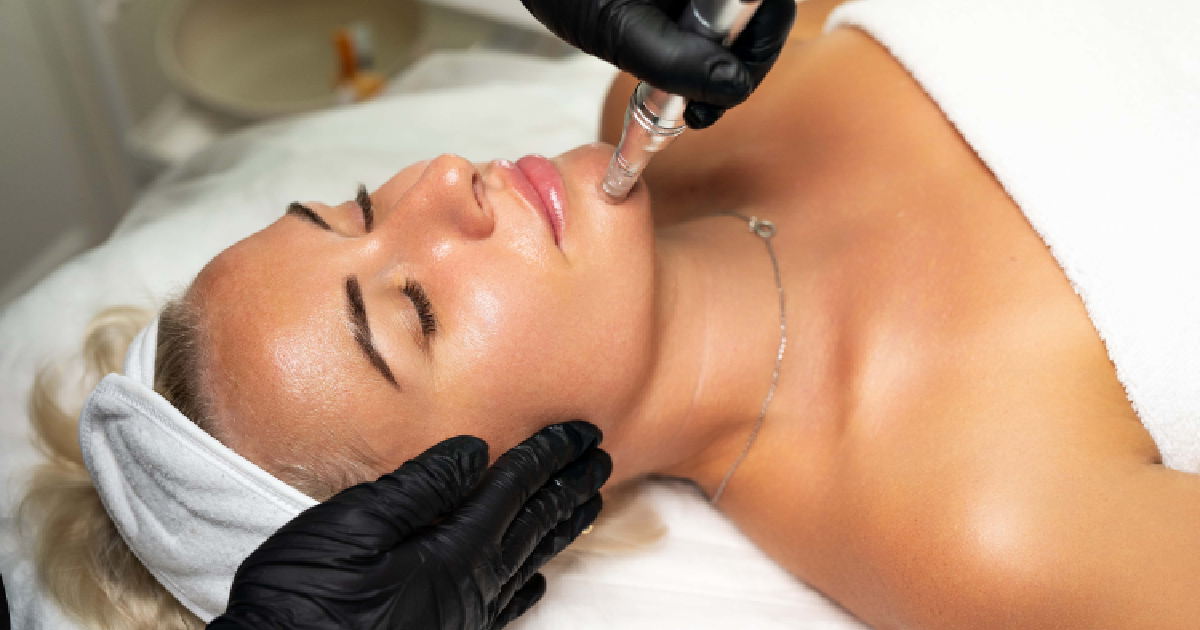Microneedling pros and cons – With all of the miracles that cosmetic treatments can do, it’s critical to understand how they operate, what they do for the skin, and how to use them to achieve the best effects.
Many people swear by microneedling, which generates more vibrant, youthful-looking skin. Those who have not yet tried it may find it daunting, but witnessing how it removes years off the face will be enough to convince them that it is worth feeling the piercing of dozens of tiny needles.
Are you thinking of trying microneedling? Before you make an appointment, consider the following pros and cons.
What is Microneedling ?
Microneedling is also known as ‘collagen induction treatment,’ which stimulates collagen formation – helpful! It’s also known as derma rolling, which you may be more familiar with.
Microneedling involves using ultra-fine needles to generate hundreds of tiny, undetectable punctures on the skin’s surface. This stress to the skin’s surface stimulates the skin’s natural healing processes and can increase collagen and elastin formation due to TGF beta1 activation (growth factor).
Microneedling is used as a therapy for those who want to lessen the indications of aging in their skin and enhance the appearance of their pores. It allows the skin to renew; it helps reduce the look of acne scars, how they work, what they do for the skin, and utilize them for the most remarkable results.
There are various approaches to microneedling. You can go to a microneedling practitioner, and depending on their inclination or training, they may utilize a specific manual or electronic microneedling equipment.
Remember that microneedling should be used in conjunction with, rather than results-driven skincare. Because microneedling requires the skin to conduct the work, it must be in good condition. If your skin lacks the nutrients it needs to be healthy and repair itself, microneedling will be ineffective.
How does it work ?
The gadget contains a roller that can casually roll across the skin with the needles while the device is pulled across the skin using a hand-held, small instrument with tiny needles. The needles penetrate the skin, causing the body to produce new collagen and elastin to heal. Depending on the size and quantity of places to be treated, the treatment can take anywhere from 30 minutes to an hour.
The Pros And Cons
The Pros
The treatment is Non-Invasive
Microneedling does not involve stitches, injections, or surgery. It’s also almost painless. Deeper treatments that necessitate longer needles may be slightly painful at best. In such circumstances, the practitioner will apply a numbing lotion to the patient’s skin to make them comfortable.
Because micro-needling is non-invasive, there is no need for a recuperation period. Most people need 20-40 minutes to receive treatment and immediately resume their normal activities. After healing, the skin can exhibit increased collagen production for six months.
Collagen Induction without skin damage
Many skin rejuvenation techniques work by increasing your body’s production of new collagen. Collagen is an integral part of your skin since it is a critical component in tissue throughout your body.
Collagen is found in the middle layer, serves as a foundation for your skin’s surface. Its matrix strengthens and nourishes the epidermal layer, and when collagen levels drop, indications of aging appear.
On the other hand, your body preserves the ability to produce new collagen. Deterioration caused by time and the subtle effects of environmental exposure does not always activate your skin’s regeneration mechanisms. A regulated and even “harmful” event must be constructed to capitalize on this.
Aggressive dermabrasion and strong chemical peels do this, but they harm the epidermis and the collagen layer. While this effectively provides you with two layers of new tissue, it comes at the expense of a lengthy recovery period as well as discomfort or suffering as your new skin forms.
Reduces facial line and wrinkles
As the dermal layer loses its support and nourishment, the outer skin becomes less elastic and collapses into voids and around muscles more efficiently. This is where the lines and wrinkles appear. Fresh collagen replenishes moisture, elasticity, and volume, strengthening the epidermis and smoothing the skin.
Minimal Recovery Time
Microneedling therapy usually only takes 10–20 minutes to complete. The following day, you can resume your normal daily activities. However, depending on the type of microneedling treatment, you may need to return a few times to complete the entire package.
Simple and effective
Microneedling can help decrease acne and enhance the appearance of acne scars. Microneedling is one of the most effective and straightforward acne treatments. Microneedling produces smoother skin, fewer facial flaws, and improved skin moisture.
However, if a person has aggressive acne or cystic acne, the dermatologist will advise against using microneedling in such areas. Microneedling over active acne can aggravate the condition, inflame the skin, and possibly transmit bacteria.
Fills scars and hollow areas of the face
Although you may have had active acne years ago, you may still be sporting remnants in the form of scars. Acne blemishes appear so quickly that your body cannot repair an even collagen matrix when healing one pimple surrounded by many others. Microneedling promotes the formation of a continuous, even collagen matrix, which can help to “backfill” acne scars.
Reduces Hyperpigmentation
Sunspots and other skin discoloration are frequently found in the dermis but are visible through the transparent epidermis. New collagen formation often flushes out the tissue containing these imperfections, decreasing or eradicating pigment issues.
Reduces Blackheads
When pores become clogged with sebum, blackheads occur. Many of these clogged pores are opened by microneedling, which breaks up the sebum blockages and restores your skin’s natural maintenance system.
The Cons
There could be some side effects.
Micro-needling is often both safe and effective. Some swelling, redness, or sensitivity is common after treatment and should subside within a few days. Light bleeding is also usual throughout the surgery. However, there are potential hazards linked with microneedling. Some clients may have one or more of the following symptoms in rare cases:
- Prolonged swelling, redness, or pain
- Scarring from flaking skin infection
- When these adverse effects do occur, they are likely to be brief. The best method to reduce side effects is to stay hydrated, avoid sunshine, and follow any other aftercare instructions.
The process can be slow.
It can take up about six weeks for micro-needling results to show. Furthermore, most people require two or more micro-needling sessions, spaced 4-6 weeks apart, before getting the desired effects. Many folks will require 4-5 therapy sessions. Keeping this in mind, it may take several months before the full advantages of micro-needling become apparent.
Other procedures, such as laser resurfacing and chemical peels, may yield faster or more visible results. Of course, each has its own set of advantages and disadvantages.
Is this treatment right for you?
First and foremost, the ideal candidate for microneedling has realistic expectations. Second, they must have a skin problem treated with micro-needling. People who have specific skin disorders should avoid therapy at all costs. These are the conditions:
- An active skin infection
- Acne
- Scarring caused by keloid
- Skin sensitivity
- Open wounds
- Psoriasis\sEczema
- Pregnant women and persons undergoing radiation therapy are also advised to avoid micro-needling.
Final Thoughts
The best method to find out if you’re a good candidate for microneedling is to speak with a professional who can propose the appropriate procedure for your skin’s needs. My Face Lady’s staff can assist you in getting started on your path to improved skin. Connect by scheduling a consultation online today.











